Winter Weather and Indoor Air Quality
Winter storms and cold temperatures can create potentially dangerous conditions in and around your home, including by impacting your indoor air quality. Extreme cold and icy conditions can lead to burst pipes, trap harmful pollutants indoors, and leave your home without electricity. Follow the tips and safety precautions on this page to protect your family and indoor air quality during and following severe winter weather.
On this page:
- Prepare for Winter Weather
- Stay Safe During and After a Winter Storm
- Prevent Hypothermia and Frostbite
- Additional Resources
On other pages:
- Emergencies and IAQ
- Flood Cleanup to Protect Indoor Air and Your Health
- Resources for Flood Cleanup and Indoor Air Quality
- Natural Disasters
Prepare for Winter Weather
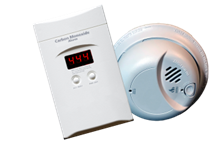
Check Your Smoke and Carbon Monoxide (CO) Alarms
- Test smoke and CO alarms monthly and replace batteries in alarms at least once each year, unless the alarms have sealed 10-year batteries. Replace the smoke or CO alarm if it is more than 10 years old.
- Check that smoke alarms (NFPA) are installed inside each bedroom, outside each sleeping area, and on every level of the home, including the basement.
- Check that CO alarms are installed outside each sleeping area and on every level of the home to prevent CO poisoning.
- Follow the manufacturer’s instructions for placement and mounting height. Note that applicable laws, codes, or standards may require that CO alarms be installed in additional locations.
- For best protection, interconnect all CO alarms throughout the home so that when one sounds, they all sound.
- Choose an alarm with battery backup in case of a power outage. Look for one that has the label of a recognized testing laboratory (e.g., Underwriters Laboratory or UL). CO alarms should meet UL standard 2034 or the International Approval Services (IAS) standard 6-96. Smoke detectors should similarly meet requirements of the National Fire Protection Association (NFPA) Standard 72.
Prepare to Burn Wood Properly
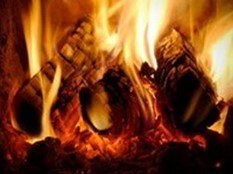
Whether you heat your home with wood or enjoy an occasional fire, you can keep the air inside your home and your neighbor’s home healthier with these best practices and tips:
- Save money and time. Burn only dry, seasoned wood to maintain a hot fire with less smoke.
- Have a certified technician inspect and service your wood-burning appliance, chimney, and vent annually.
- Protect your indoor air - upgrade to an efficient, EPA-approved wood-burning appliance.
Visit Learn Before You Burn Wood and EPA’s Burn Wise Program for more information about safer fires.
Prevent Water Damage and Mold
-
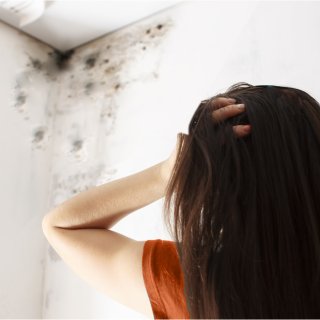
- Prevent pipes from freezing and bursting:
- If you can, insulate water lines that run along exterior walls so your pipes will be less likely to freeze. Check out this Department of Energy video to learn how.
- Shut off and drain outdoor spigots before freezing temperatures arrive.
- Learn how to shut off water valves in case a pipe bursts during severe winter weather.
- Learn how to control moisture in your home to help prevent mold.
Stay Safe During and After a Winter Storm
Protect your family from carbon monoxide poisoning and from being exposed to other harmful pollutants indoors.
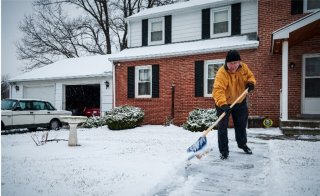
Clear Snow and Ice
- Clear outside furnace, stove, fireplace, radon, and dryer vents of snow and ice to prevent the buildup of indoor pollutants, including carbon monoxide.
- Never warm up your car in a garage.
Experiencing a Power Outage?
Power outages that last longer than a few hours can have negative impacts on indoor air quality. If your power goes out, safely provide power for lighting, cooking, and heating:
- Try to conserve heat and control indoor temperatures: open drapes and window shades during the day to help warm the indoor air and close them at night to help retain the heat.
- Use battery-powered flashlights or lanterns rather than candles, if possible. Candles can lead to house fires. If you do use candles, never leave lit candles unattended.
- Do not use fuel-powered portable generators indoors (e.g., inside your home, garage, shed, or similar enclosed areas.) Generator exhaust contains deadly carbon monoxide. If you use portable generators, use them outside and at least 20 feet away from buildings.
- Do not use a generator or appliances if they are wet or in locations that could become wet. This can cause shock or electrocution. Place generator or appliances away from standing water and wet areas, and elevate it, if necessary, to avoid electrical hazards.
- Do not try to heat your home by using combustion appliances including gas stoves or ovens, or barbeque grills.
- Never operate any gas-burning heater or other appliance in a poorly vented or closed room, or where you are sleeping.
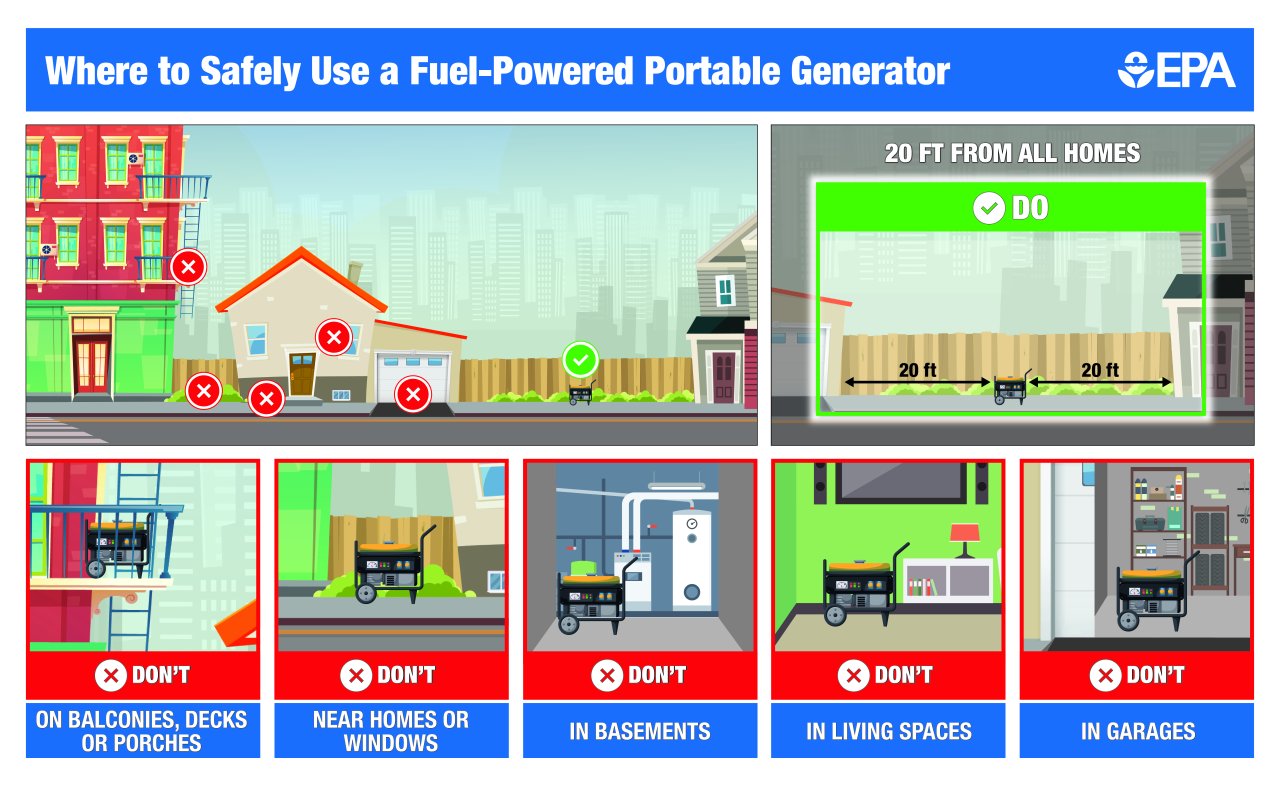
Quickly get to fresh air if your CO alarm sounds or you recognize any of the symptoms of CO poisoning: headache, dizziness, weakness, upset stomach, vomiting, chest pain, and confusion. Then call for help and stay in fresh air until emergency personnel arrive.
For more tips and information, visit EPA's websites on Power Outages and Indoor Air Quality and Carbon Monoxide’s Impact on Indoor Air Quality.
Safely Heat Your Home
If you plan to use a wood stove, fireplace, or space heater, be extremely careful. Follow the manufacturer’s instructions and remember these safety tips:
General Precautions
- Never leave children unattended near a heater, stove or fireplace.
- Never use an electric or gas range (stovetop) or oven to heat your home.
- Use only the type of fuel your heater is designed to use—don’t substitute.
Space Heaters
- Use electric space heaters with automatic shut-off switches and non-glowing elements.
- Place space heaters on a solid, flat surface. Keep them at least 3 feet from things that can burn, such as drapes, furniture, and bedding.
- Check your space heater for cracked or damaged cords and plugs. Plug space heaters directly into wall outlets and don’t use an extension cord or power strips.
- Turn space heaters off when leaving the room or going to bed.

Fireplaces and Wood Stoves
- Ensure fireplaces and wood stoves are properly vented to the outside and do not leak into the indoor space. Repair any leaks promptly.
- Save money and time. Burn only dry, seasoned wood to maintain a hot fire with less smoke. Never burn plastic or household trash.
- Keep flammable items away from fireplaces and wood stoves.
- Learn more about Best Wood-Burning Practices and EPA’s Burn Wise Program.
Kerosene Heaters
- If you must use a kerosene heater, always follow the manufacturer’s instructions, and make sure you increase ventilation to the space (i.e., ensuring a constant flow of indoor air exhausting to outdoors and fresh outdoor air moving indoors).
- Only use kerosene heaters tested and labeled from a recognized testing laboratory (UL).
- Make sure the heater has an automatic shut-off, so if it tips over, it shuts off.
- Refuel your cooled heater outside.
- Check with your local fire department to make sure that kerosene heaters are legal in your area.
Learn more tips and safety precautions about heating fire safety.
Prevent Water Damage and Mold
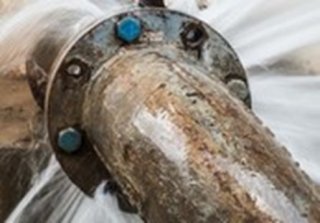
During extreme cold, or if the power and heat are out, prevent pipes from bursting:
- Leave indoor water taps on exterior walls slightly open so they drip continuously.
- Don’t set the indoor temperature too low.
- Open cabinet doors to allow warmer air to get to un-insulated pipes under a sink or near an outer wall. Be sure to move any harmful cleaners and household chemicals out of the reach of children and pets.
Shut off water valves if a pipe bursts. Do not thaw frozen pipes with a torch. Thaw them slowly with warm air from an electric hair dryer.
Repairing roof leaks and broken pipes is a top priority to prevent water damage and mold in your home. If your pipes burst and you have wet walls and flooring, fix the leak promptly and dry everything completely. Learn how to clean up mold in your home.
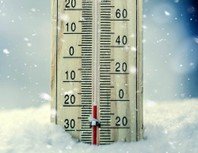
Prevent Hypothermia and Frostbite
- Look after those at greater risk from extreme cold, including infants, children, and older adults.
- Know the signs and symptoms of hypothermia (abnormally low body temperature) and frostbite (CDC) and the appropriate responses. Learn more with CDC’s Avoid-Spot-Treat Frostbite & Hypothermia infographic.
Additional Resources
Learn More to Prepare for Winter Weather Emergencies:
- EPA’s Burn Wise Program for more information about safer fires
- EPA's Power Outages and Indoor Air Quality
- EPA's Tips to Help You and Your Home Withstand Weather Extremes and Maintain Indoor Air Quality
- Find more on our Federal Partner Resources on Emergencies and IAQ webpage.
